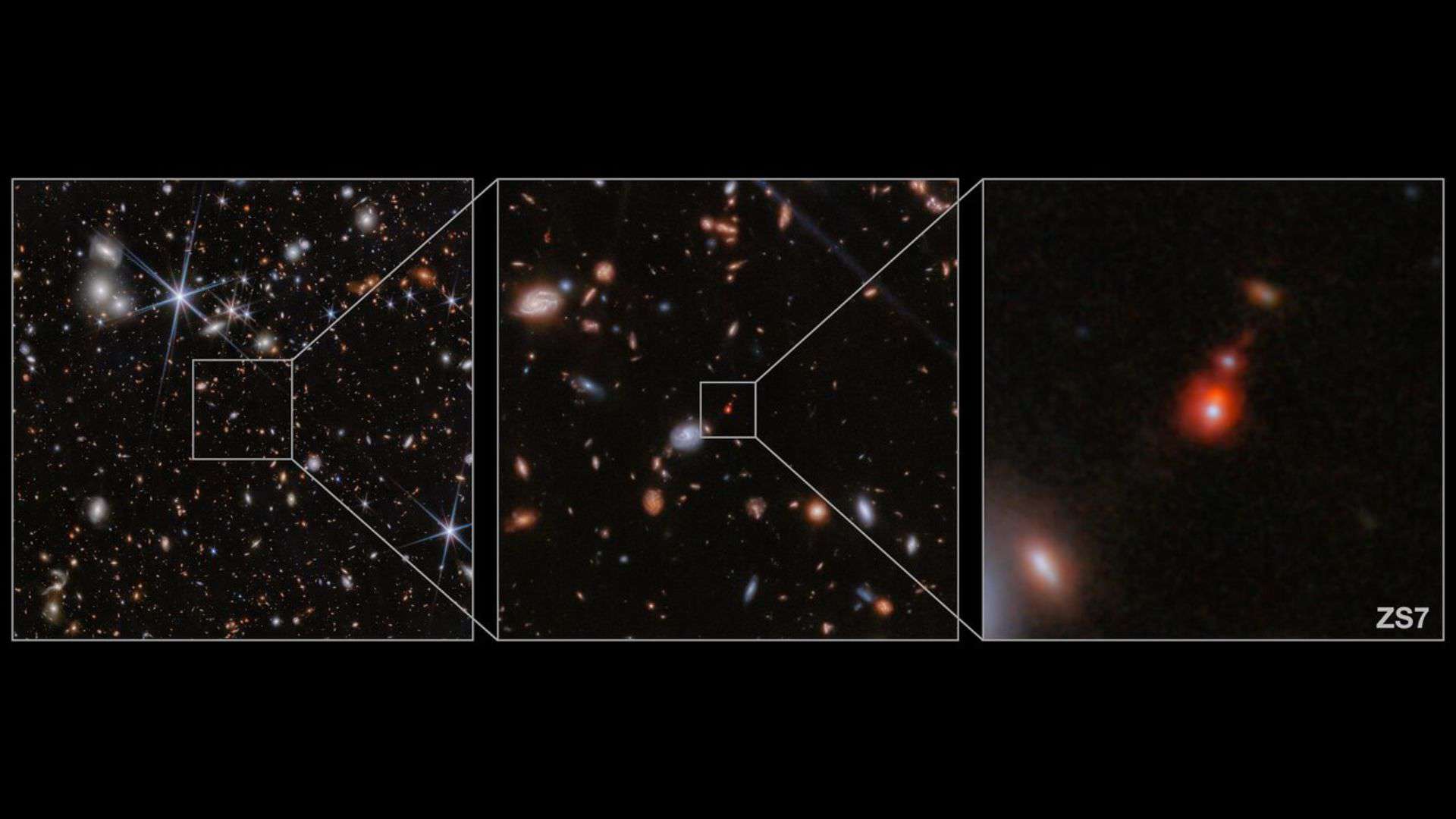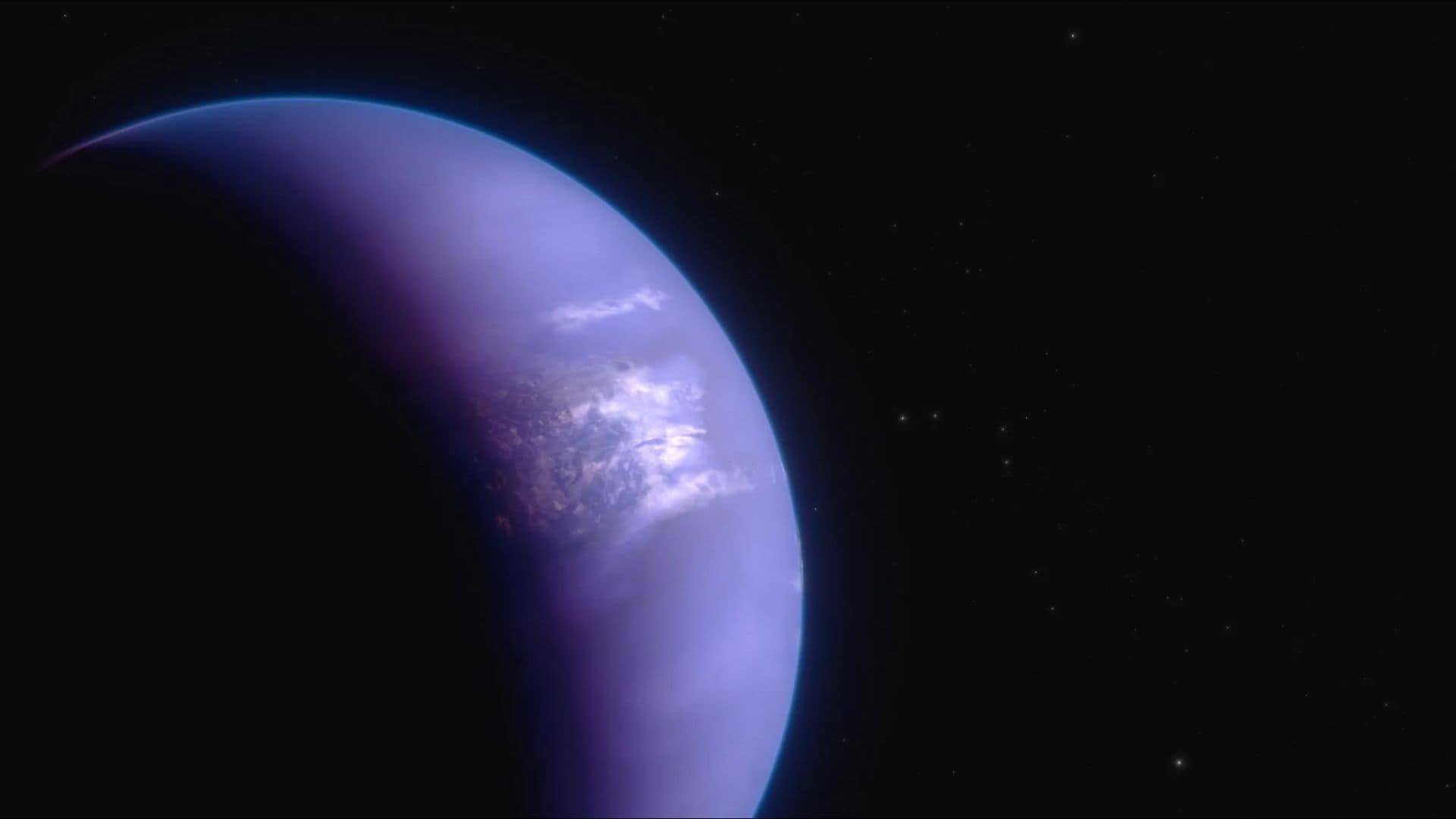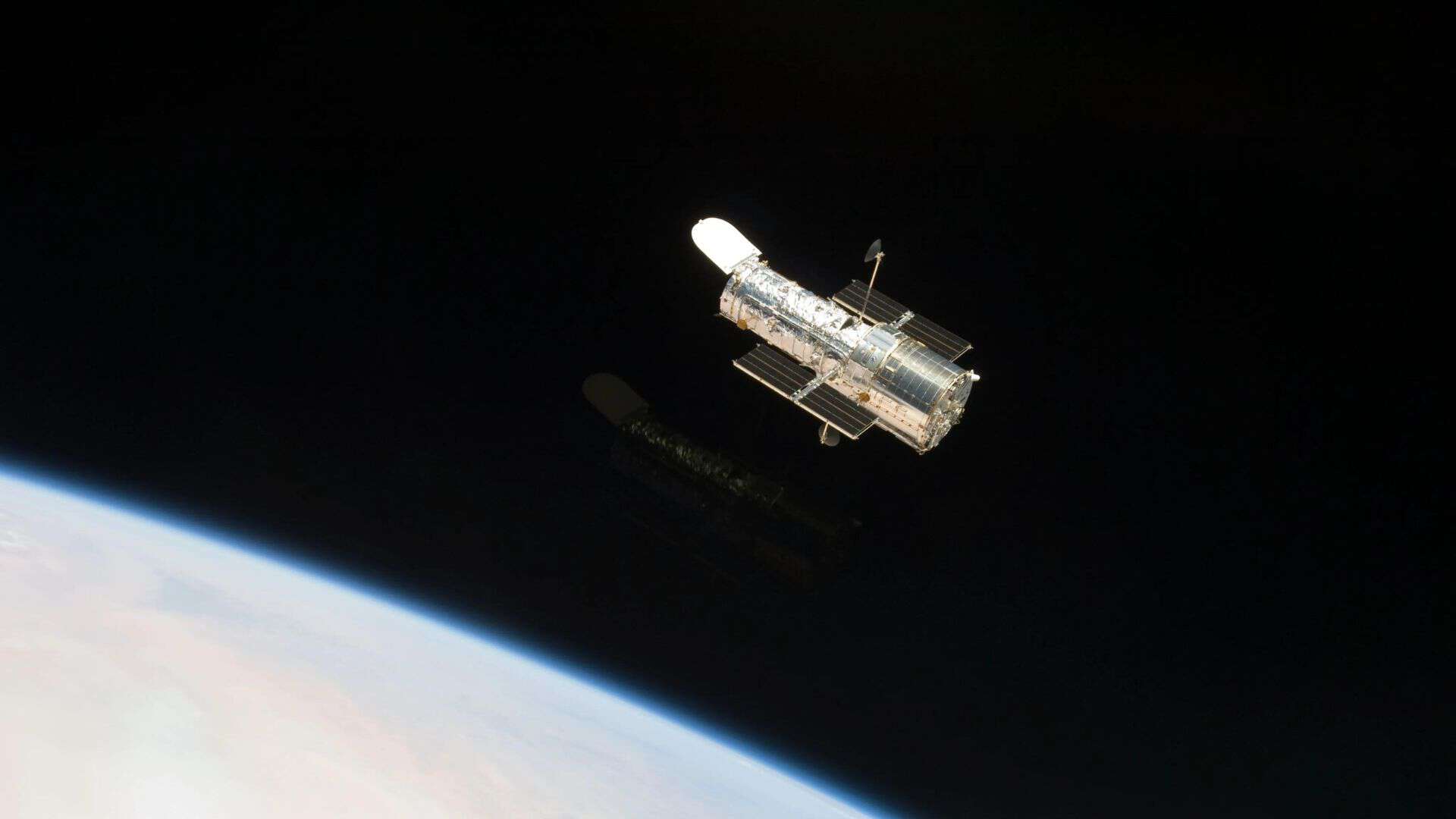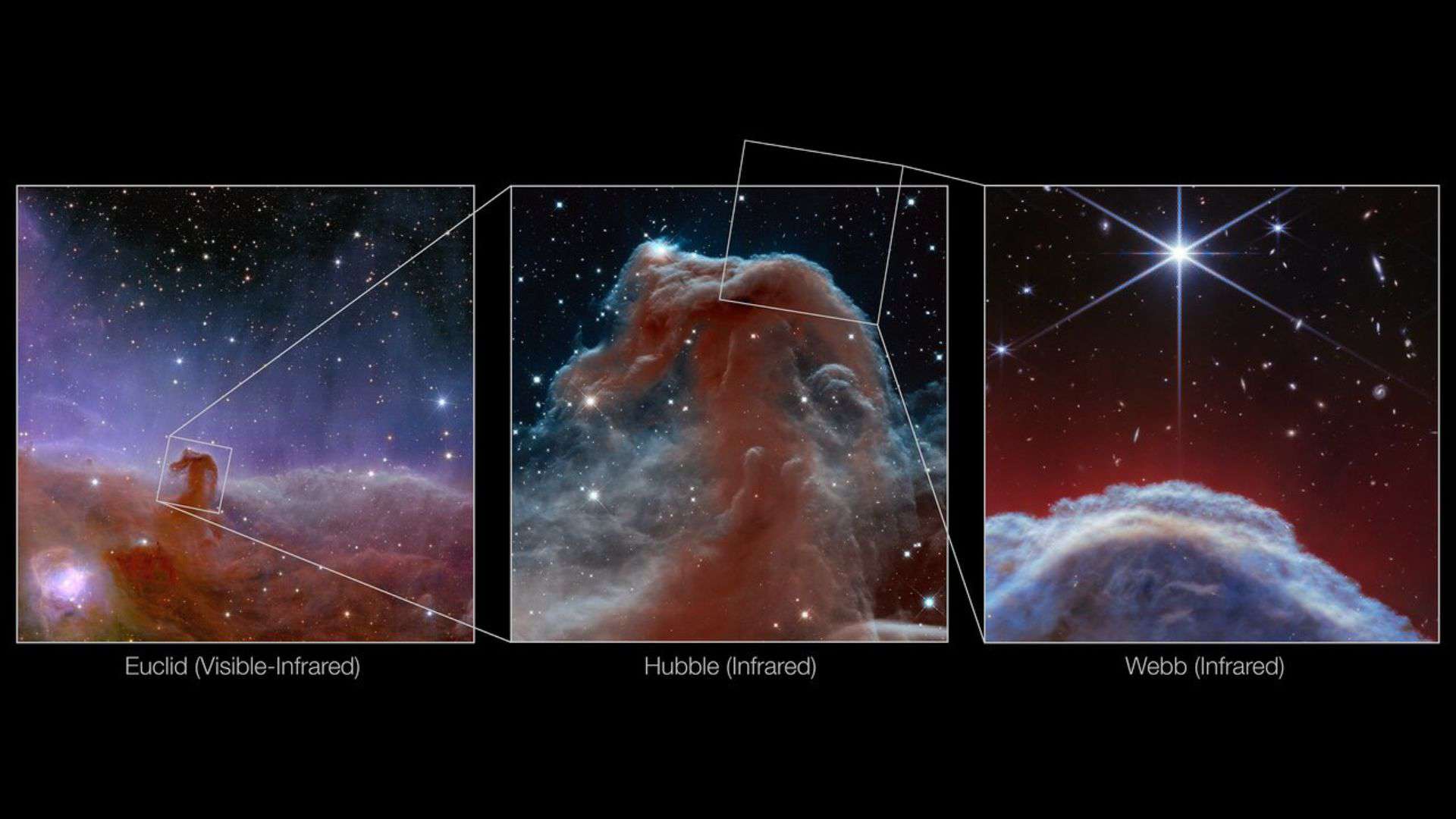Scientists using the data from the European Space Agency’s (ESA) Gaia mission have discovered the most massive stellar black hole to date in our Milky Way galaxy.
When a massive star (more than 8 times the mass of our sun) runs out of nuclear fuel at the end of its life, its core collapses, and its outer layer explodes as a supernova. After the supernova explosion, the core of the collapsed dead star becomes a stellar black hole.
This massive black hole is located extremely close to our Earth, at a distance of roughly 2000 light-years away in the constellation Aquila.
Scientists have calculated that the mass of the black hole is nearly 33 times that of our sun and is named “Gaia BH3,” or simply BH3.
This black hole was hidden for so long because it is a dormant black hole.
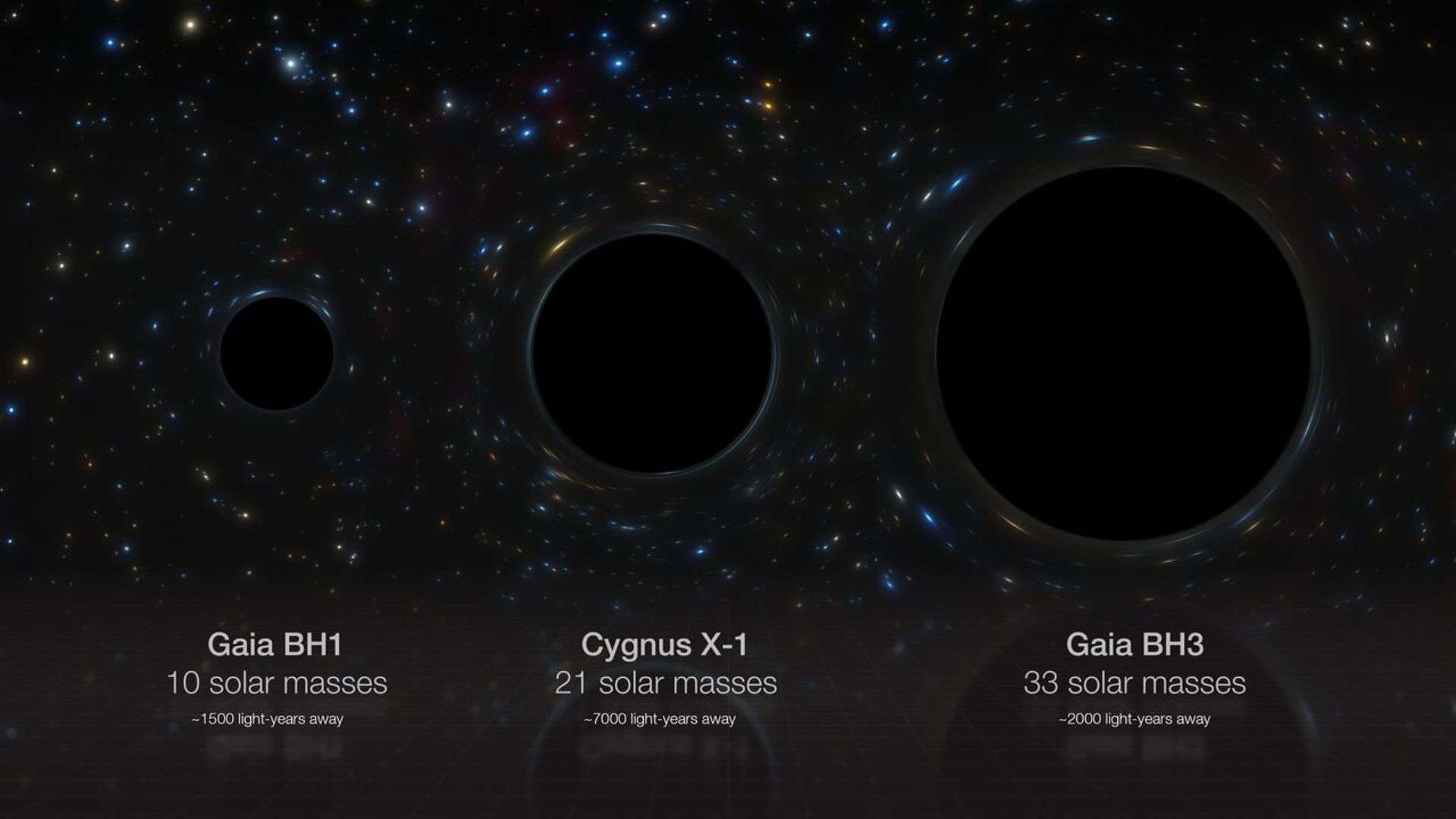
What is dormant black hole?
As we know, nothing can escape from a black hole due to its immense gravity, and most stellar black holes are detected when they steal material from a nearby stellar companion. The captured material falls onto the black hole at high speed, becoming extremely hot and releasing X-rays, and we are able to detect the stellar black hole. These star-black hole pairs are called X-ray binaries.
When a black hole does not have a companion close enough to steal matter from, it does not generate any light and is extremely difficult to spot. These black holes are called ‘dormant’.
How was the most massive black hole, BH3, detected?
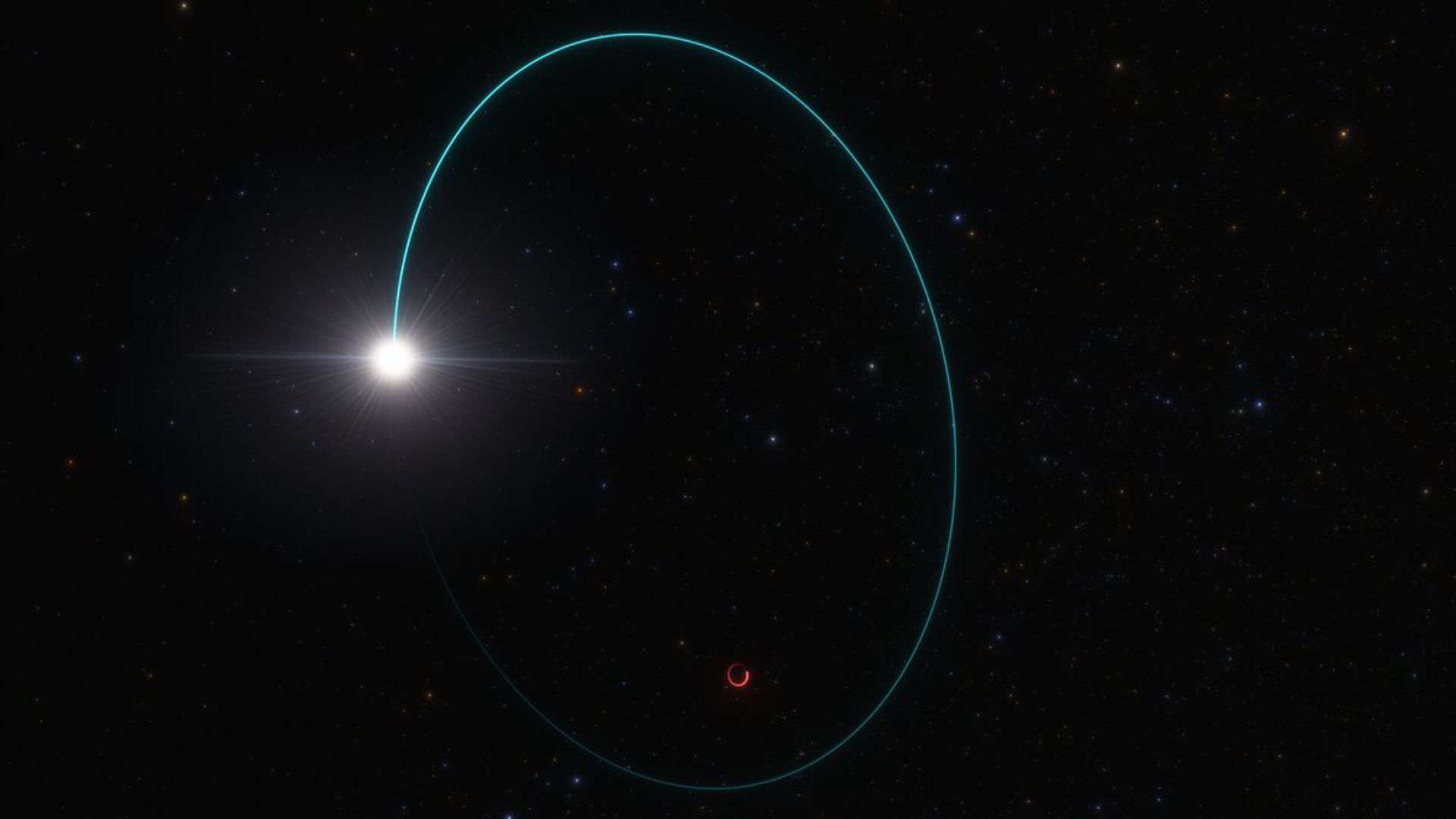
While studying the motion of billions of stars using Gaia mission data, scientists found a big surprise. They have found a giant star wobbling in the sky, as if it was gravitationally influenced by a massive object.
A later study found that the star was locked in an orbital motion with a dormant black hole of exceptionally high mass, about 33 times that of the Sun. This dormant black hole is designated as Gaia BH3.
Gaia collaboration member Pasquale Panuzzo, an astronomer from the National Centre for Scientific Research (CNRS) at the Observatoire de Paris – PSL, France, who is the lead author of this finding, said in a statement:
“No one was expecting to find a high-mass black hole lurking nearby, undetected so far. This is the kind of discovery you make once in your research life.”
Until the discovery of Gaia BH3, the weight record was held by a black hole in an X-ray binary in the Cygnus constellation (Cyg X-1), whose mass is estimated to be around 20 times that of the Sun.
BH3 is the third dormant black hole in our galaxy discovered by the Gaia mission
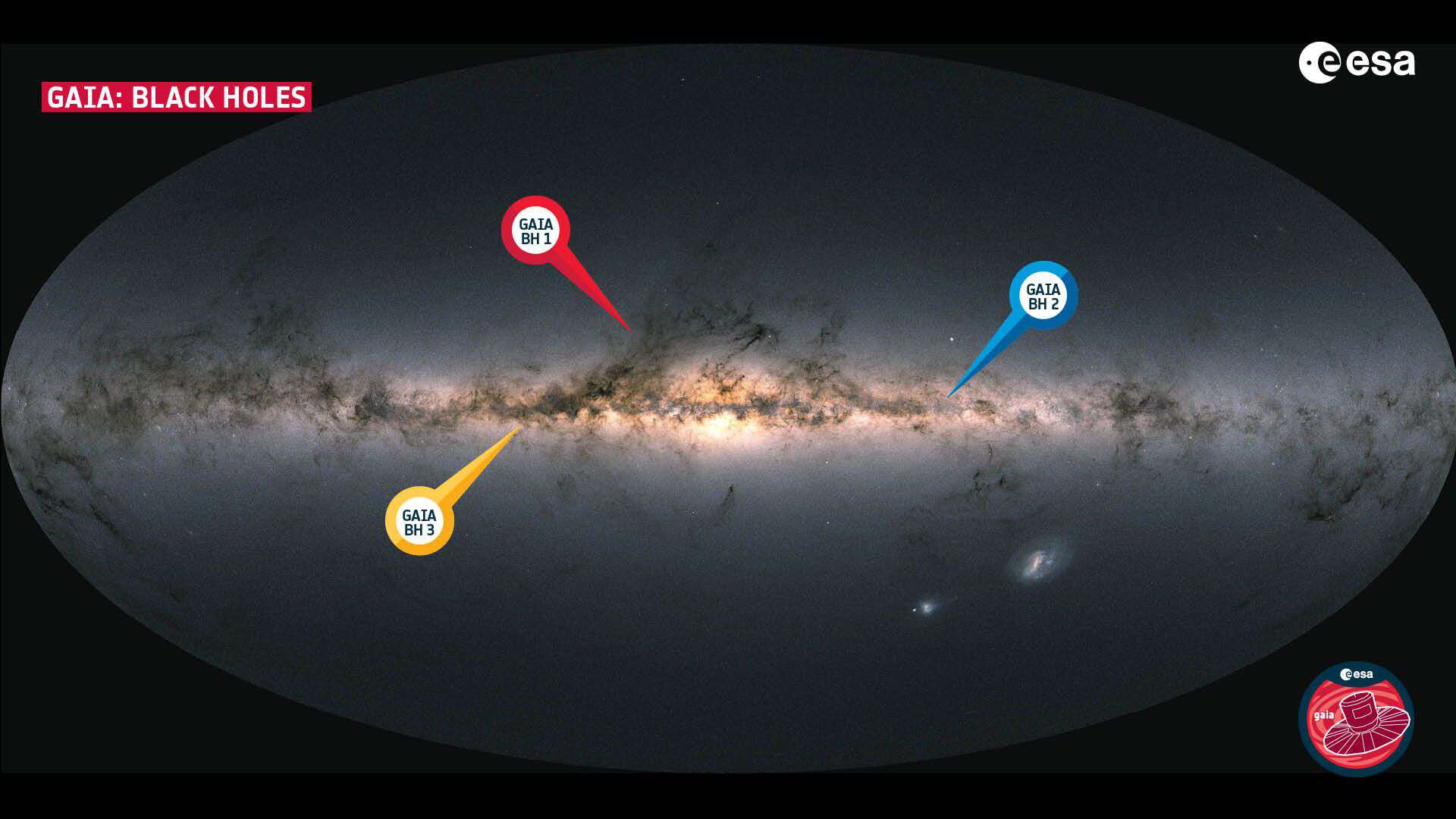
Scientists have discovered three dormant black hole in our Milky Way galaxy by using Gaia mission data till now.
The black hole, Gaia BH1, is located just 1560 light-years away from us in the direction of the constellation Ophiuchus. Gaia BH1 is approximately 10 times more massive than the Sun.
The second black hole, Gaia BH2, is located 3800 light-years away from us in the direction of the constellation Centaurus. Gaia BH2 is approximately 9 times more massive than the Sun.
And the current black hole, Gaia BH3, is located 1926 light-years away from us in the direction of the constellation Aquila. Gaia BH3 is approximately 33 times more massive than the Sun. It is the heaviest black hole of stellar origin discovered in our galaxy.
A research paper on the above finding has been published in the Astronomy & Astrophysics (A&A) journal on Tuesday, April 16, 2024.
Note: Gaia BH3 is the most massive stellar black hole (that formed from a collapsed star) in our Milky Way galaxy till date. However, it is not the most massive black hole in our galaxy – this title belongs to Sagittarius A*, the supermassive black hole located at the center of our Milky Way galaxy. Gaia BH3 is 33 times more massive than the Sun, while Sagittarius A* is about four million times more massive than the Sun.
Please bookmark Spaceandtelescope.com or follow us on Facebook and Twitter to get latest space news, upcoming skywatching events and astronomy-related content.
